The Lingxi X2 and the Rise of Chinese Humanoid Robots: Can Fix4Bot.com Keep Them Moving?
The robotics landscape is shifting, and the epicenter of much of that change is in China. While Boston Dynamics’ Atlas has long dominated public perception of humanoid robots, a wave of ambitious Chinese startups are rapidly closing the gap, introducing increasingly capable and affordable models. Among these, AgiBot (also known as Zhiyuan Robotics) has emerged as a significant player, and their latest creation, the Lingxi X2, is a particularly exciting development. Standing at just 1.3 meters (4 feet 3 inches), this agile humanoid is demonstrating impressive feats – riding scooters, hoverboards, and even self-driving bicycles – and showcasing a new level of embodied intelligence.
But with increasing complexity comes increased fragility. As these sophisticated machines leave the factory floor and encounter the challenges of the real world, the inevitable question arises: what happens when they break down? And can we ensure the continued operation and advancement of this burgeoning robotics revolution? This is where specialized services like Fix4Bot.com come in, ready to address the unique diagnostic and repair challenges presented by cutting-edge robots like the Lingxi X2.
The Lingxi X2: A Closer Look at its Capabilities and Potential Failure Points
The Lingxi X2 isn’t just another humanoid robot; it’s a testament to significant advancements in AI, hardware, and training methodologies. Let’s break down its key features and the potential vulnerabilities associated with each:
- Degrees of Freedom (DoF): The X2 boasts a remarkable 28 degrees of freedom. This is a critical factor in its agility and the complexity of its movements. Each joint represents a potential point of failure – wear and tear on bearings, motor malfunctions, sensor inaccuracies, and control system errors all become increasingly probable with a higher DoF count.
- Embodied Intelligence and AI: AgiBot’s integrated AI model is crucial to the X2’s ability to interact naturally with its environment and perform complex tasks. This AI is deeply integrated with the control system, meaning errors in the AI itself, or difficulties in data interpretation, can manifest as unpredictable robotic behavior. Failures in the AI’s training data or model architecture could lead to unexpected responses, instability in locomotion, or a complete inability to execute programmed routines.
- Mobility Demonstrations (Scooter, Hoverboard, Bicycle): These demonstrations aren’t just for show; they highlight the X2’s sophisticated balance and control systems. However, they also expose the robot to significant external forces and environmental variables. Repeated impacts, uneven terrain, and collisions can damage the robot’s chassis, actuators, and sensors. The integration required to control a bicycle adds another layer of complexity, with potential failure points in the communication and control between the robot and the bicycle’s systems.
- Hardware Architecture (Xyber-Edge Cerebellar Controller, DCU Control Unit): AgiBot’s focus on reusable core components is a smart design choice reducing costs and streamlining repairs. However, a failure within one of these core components—the Xyber-Edge controller responsible for movement precision or the DCU handling high-level decision-making—can cascade into widespread system malfunction.
- Reinforcement Learning & Sim2Real Training: The X2 leverages Nvidia’s Isaac Gym Simulator for training, a technique rapidly gaining traction in robotics. This “digital twin” approach allows robots to learn in a virtual environment before being deployed in the real world. While highly effective, the Sim2Real transfer can introduce challenges. Discrepancies between the simulated and real environments (weight differences, friction coefficients, sensor noise) can lead to “reality shock,” where the robot performs poorly in the physical world. If the simulation is not accurately calibrated, the robot might learn behaviors that are optimal in the virtual world but detrimental in reality. This could require extensive retraining or even hardware modifications.
Fix4Bot.com: A Framework for Diagnosing and Repairing the Lingxi X2 (and its contemporaries)
Given these potential weaknesses, a robust repair and maintenance strategy is essential. Fix4Bot.com specializes in providing exactly that, offering a tiered approach to diagnosing and repairing complex robotic systems, applicable to the Lingxi X2 and other advanced humanoid robots like Unitree’s G1, EngineAI’s PM01, and Booster Robotics’ T1. Our methodology incorporates both hardware and software expertise, recognizing that many issues are not solely mechanical or purely computational.
1. Diagnostic Phase – Pinpointing the Problem:
- Remote Diagnostics: Our platform allows for secure remote access to the robot’s control systems (with owner permission, of course). This initial phase involves:
- Log Analysis: Examining system logs generated by the Xyber-Edge controller, DCU, and various sensors to identify errors, warnings, and anomalies that precede failures. This includes analyzing motor current, joint positions, sensor readings, and communication protocols. Specific attention would be paid to discrepancies between predicted and actual movements, highlighting potential control system problems.
- Software Version Verification: Ensuring the robot is running the latest firmware and AI models. Outdated software can contain bugs that lead to instability and malfunction.
- Simulated Fault Injection: Within the Isaac Gym environment, we can simulate potential failure scenarios (e.g., motor failure, sensor drift) to test the robustness of the control system and identify vulnerabilities. The data collected from these simulations can then be compared to real-world performance to refine diagnostic procedures.
- On-Site Assessment: If remote diagnostics are inconclusive, our trained technicians can perform an on-site assessment:
- Visual Inspection: Thorough examination of the robot’s chassis, joints, sensors, and cables for physical damage, wear, and tear.
- Actuator Testing: Assessing the performance of each actuator (motors, servos, pneumatic cylinders) by measuring their speed, torque, and accuracy. We can utilize specialized equipment to analyze vibration patterns and identify early signs of wear.
- Sensor Calibration & Verification: Verifying the accuracy of all sensors (encoders, accelerometers, gyroscopes, cameras) using established calibration procedures. This is particularly crucial for ensuring accurate motion control and ensuring the robot can perceive its environment correctly.
- Communication Protocol Analysis: Examining the communication pathways between the Xyber-Edge controller, DCU, and other modules. Identifying issues with CAN bus communication, Ethernet connections, or wireless protocols.
2. Repair and Restoration Phase – Bringing the Robot Back to Life:
Based on the diagnostic findings, Fix4Bot.com offers a range of repair and restoration services:
- Hardware Repairs & Replacements:
- Actuator Replacement: Expertise in replacing faulty motors, servos, and other actuators. We maintain a network of suppliers for both original and compatible parts, minimizing downtime.
- Sensor Replacement & Recalibration: Replacing damaged or inaccurate sensors and performing thorough recalibration to ensure optimal performance.
- Circuit Board Repair: Our skilled technicians can repair damaged circuit boards, including the Xyber-Edge controller and DCU, using advanced soldering techniques and diagnostic tools.
- Chassis Repair: Repairing cracks, dents, and other structural damage to the robot’s chassis, ensuring its integrity and stability.
- Software and AI Solutions:
- Firmware Updates & Patches: Installing the latest firmware updates and bug fixes provided by AgiBot.
- AI Model Retraining: If issues arise from Sim2Real transfer discrepancies, we can assist with retraining the AI model, either using the original training data or by generating new training data to better reflect the real-world environment. This can also involve fine-tuning the reinforcement learning parameters.
- Custom AI Integration: While specialized, we can explore integrating custom AI modules to address specific application needs or compensate for hardware limitations.
- Control System Optimization: Fine-tuning the control algorithms to improve the robot’s stability, responsiveness, and efficiency.
- Preventative Maintenance Plans: We offer customized preventative maintenance plans to help customers proactively identify and address potential issues before they lead to costly breakdowns. These plans include regular inspections, sensor recalibration, and firmware updates.
3. Leveraging Cloud Infrastructure for Repair & Training:
Fix4Bot.com utilizes a secure cloud-based platform to facilitate the diagnostic and repair process:
- Centralized Data Storage: All diagnostic data, repair logs, and software configurations are securely stored in the cloud, allowing for easy access and analysis.
- Remote Collaboration: Our technicians can collaborate remotely with customers and AgiBot engineers to troubleshoot complex issues.
- AI-Powered Diagnostics: We are developing AI-powered diagnostic tools that can analyze system logs and sensor data to automatically identify potential problems.
- Simulation-based Testing and Training: The cloud infrastructure allows us to run simulations and test repairs virtually before implementing them in the physical robot, minimizing the risk of further damage.
The Future of Humanoid Robot Repair
The Lingxi X2, along with other emerging Chinese humanoid robots like the Unitree G1 and EngineAI PM01, represents a significant leap forward in robotics technology. However, their increasing complexity also presents new challenges for maintenance and repair. Fix4Bot.com is committed to staying at the forefront of this field, developing innovative diagnostic and repair solutions that will ensure these remarkable machines can continue to evolve and contribute to a wide range of applications, from healthcare and logistics to education and entertainment. The future of robotics hinges not only on creating advanced hardware and software, but also on building a robust support ecosystem to keep them operational and constantly improving – an ecosystem that Fix4Bot.com is proud to be a part of.

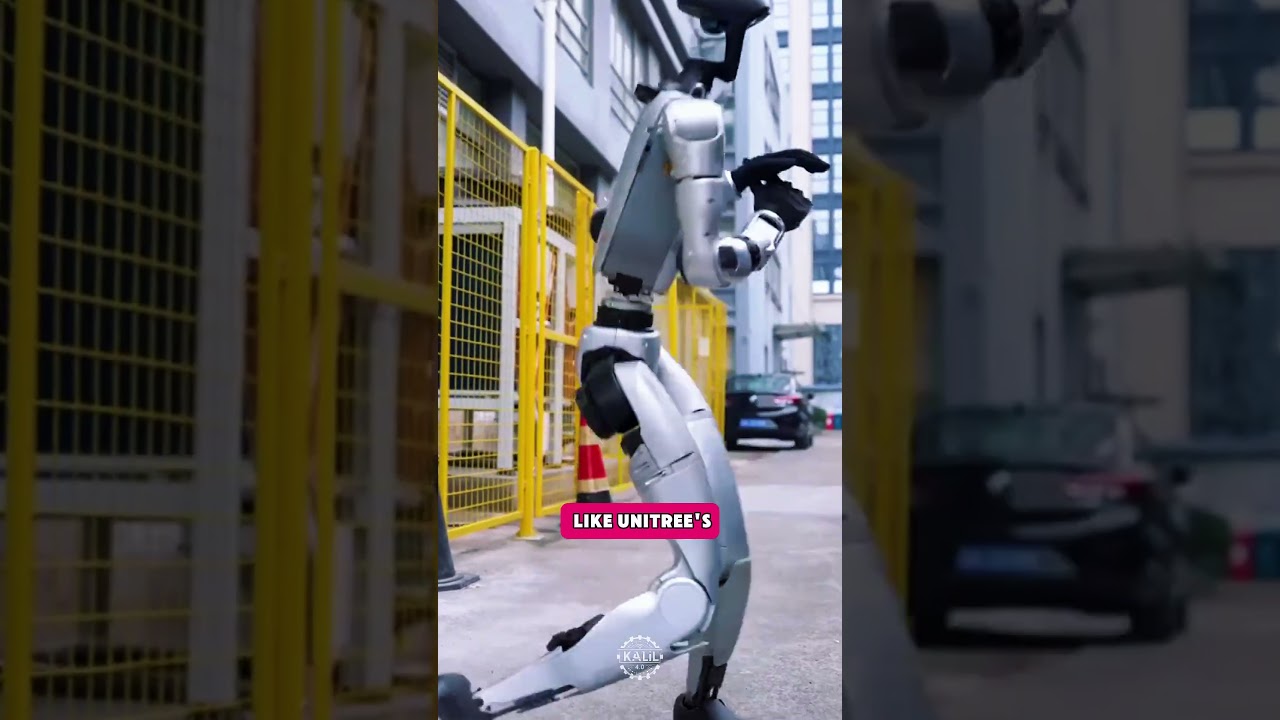
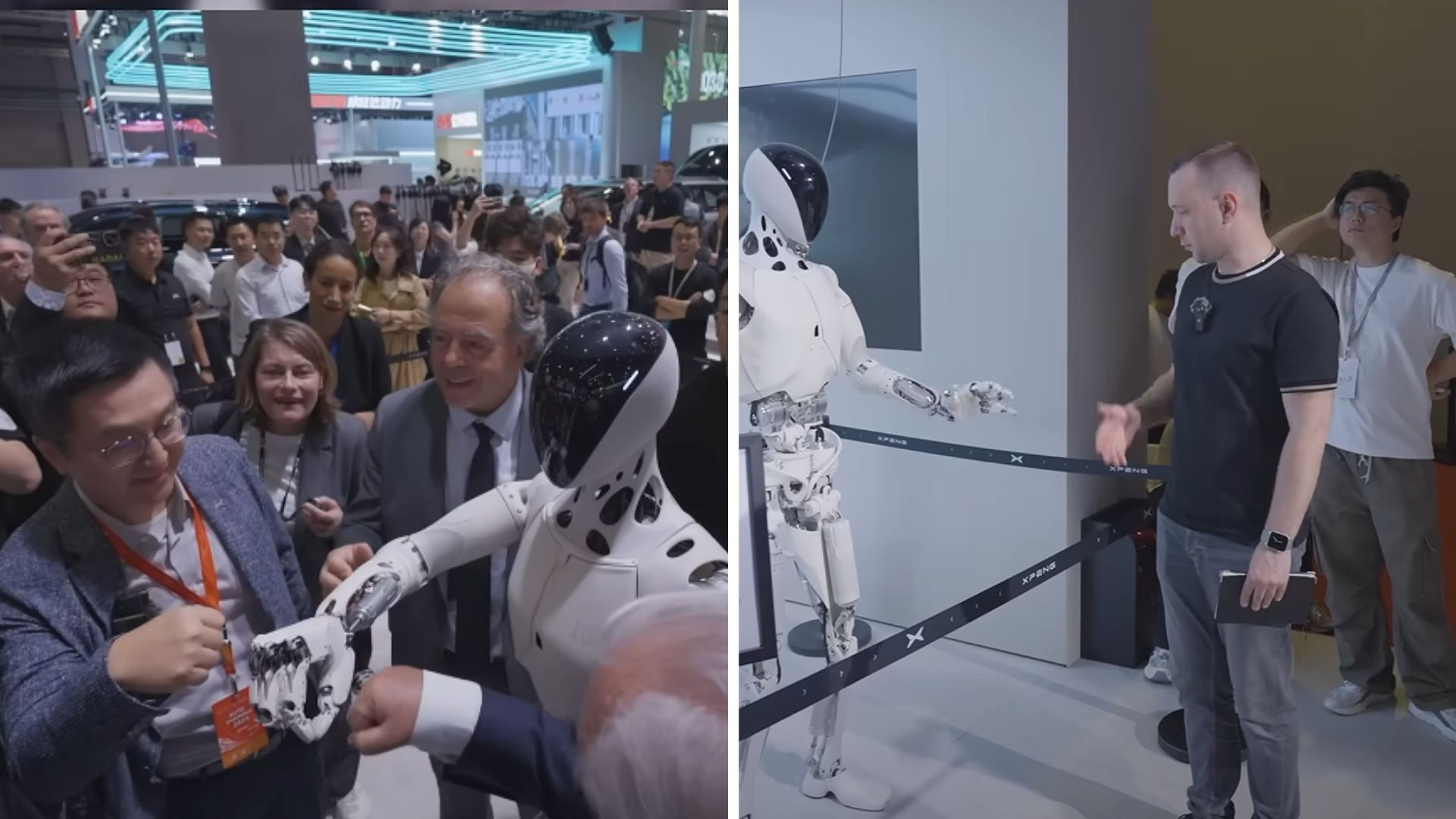

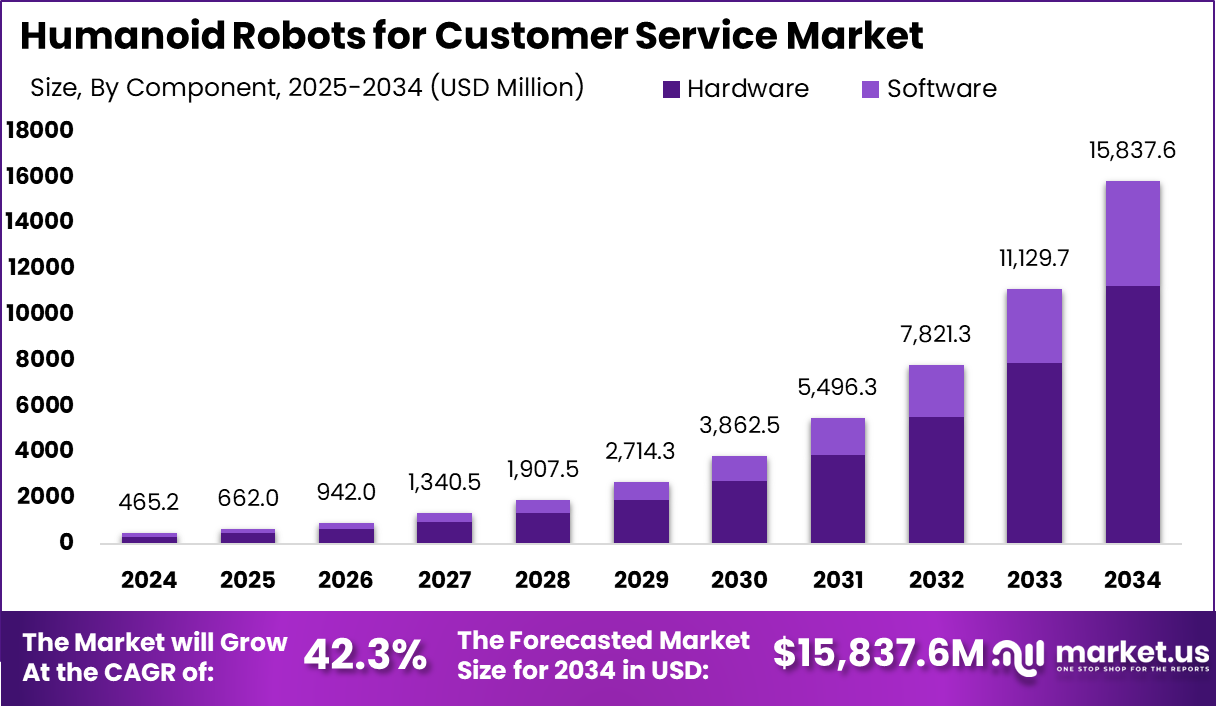
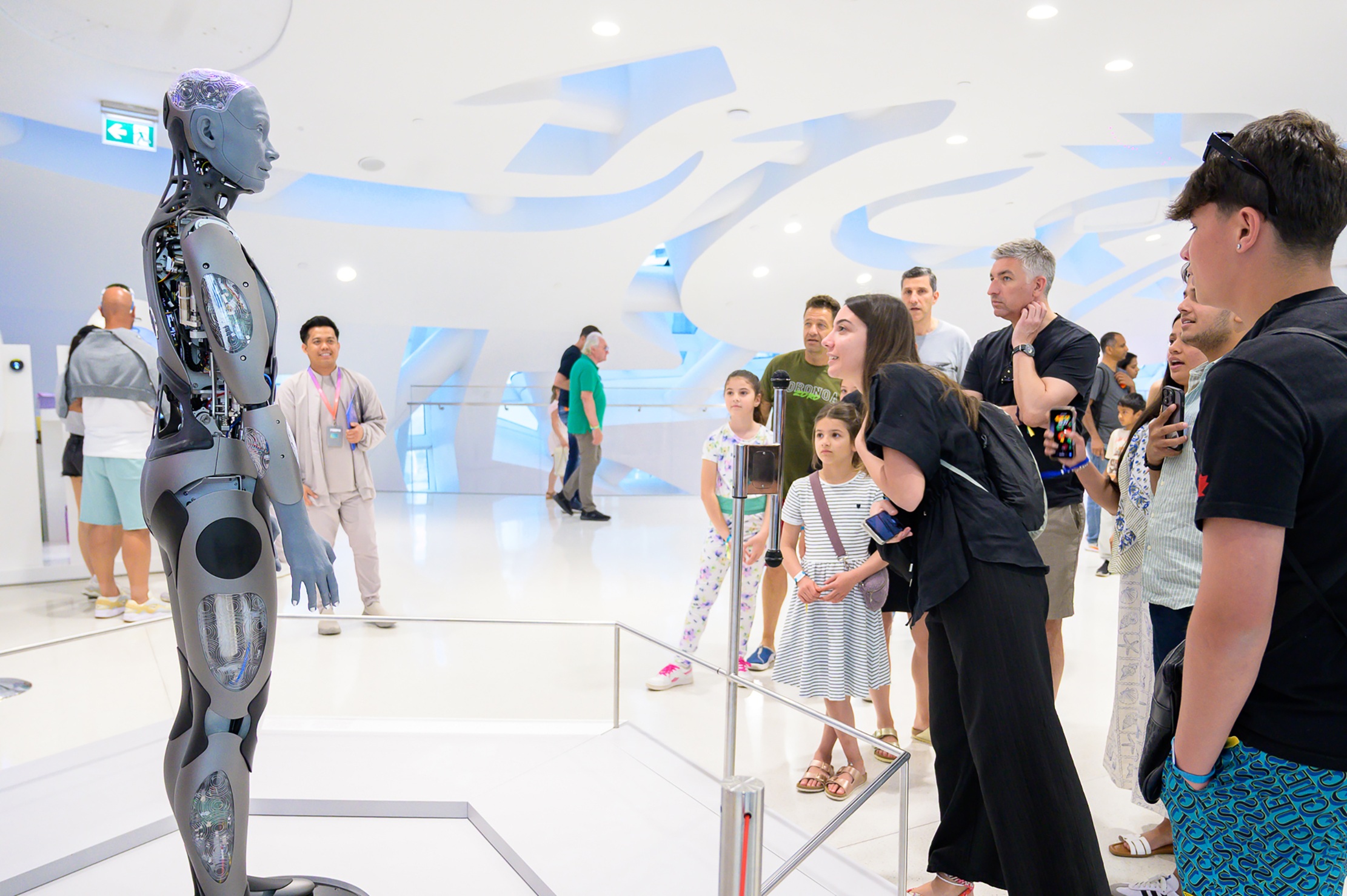
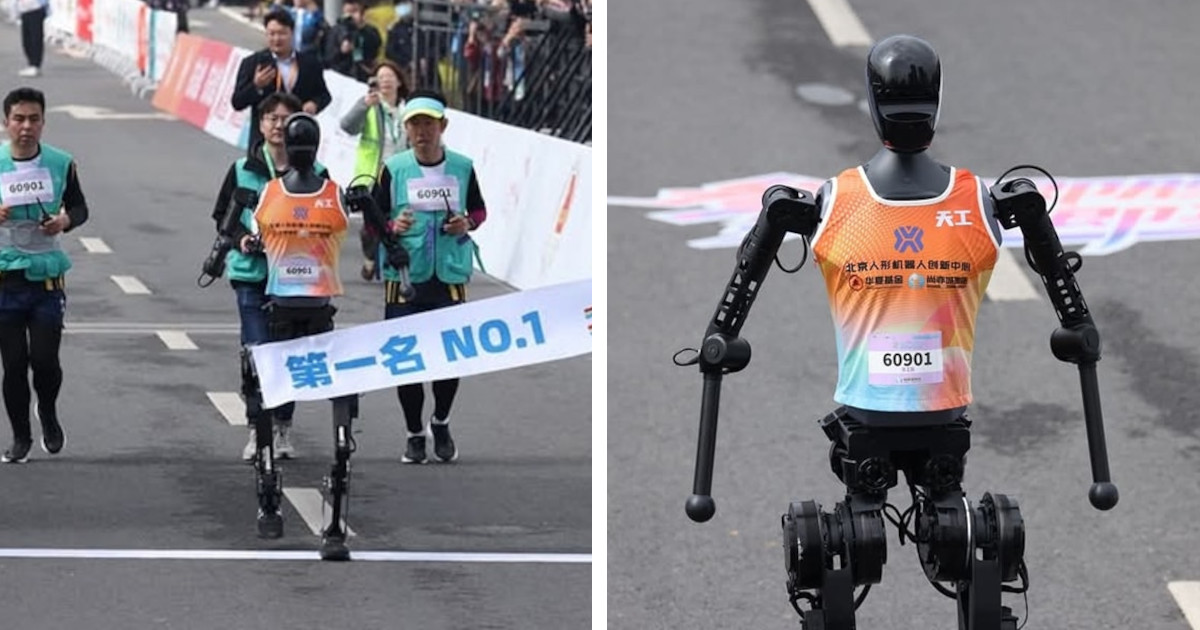
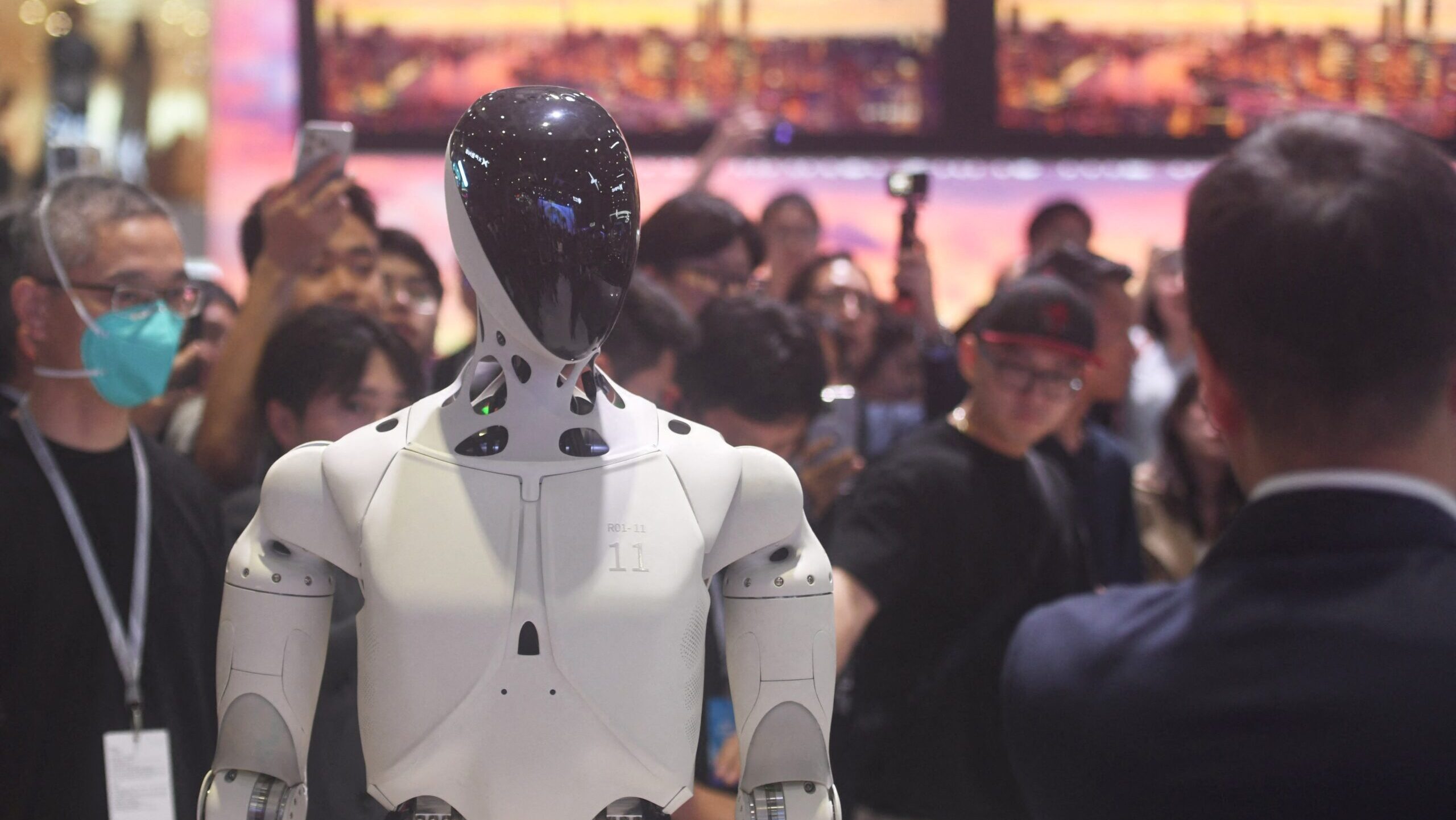

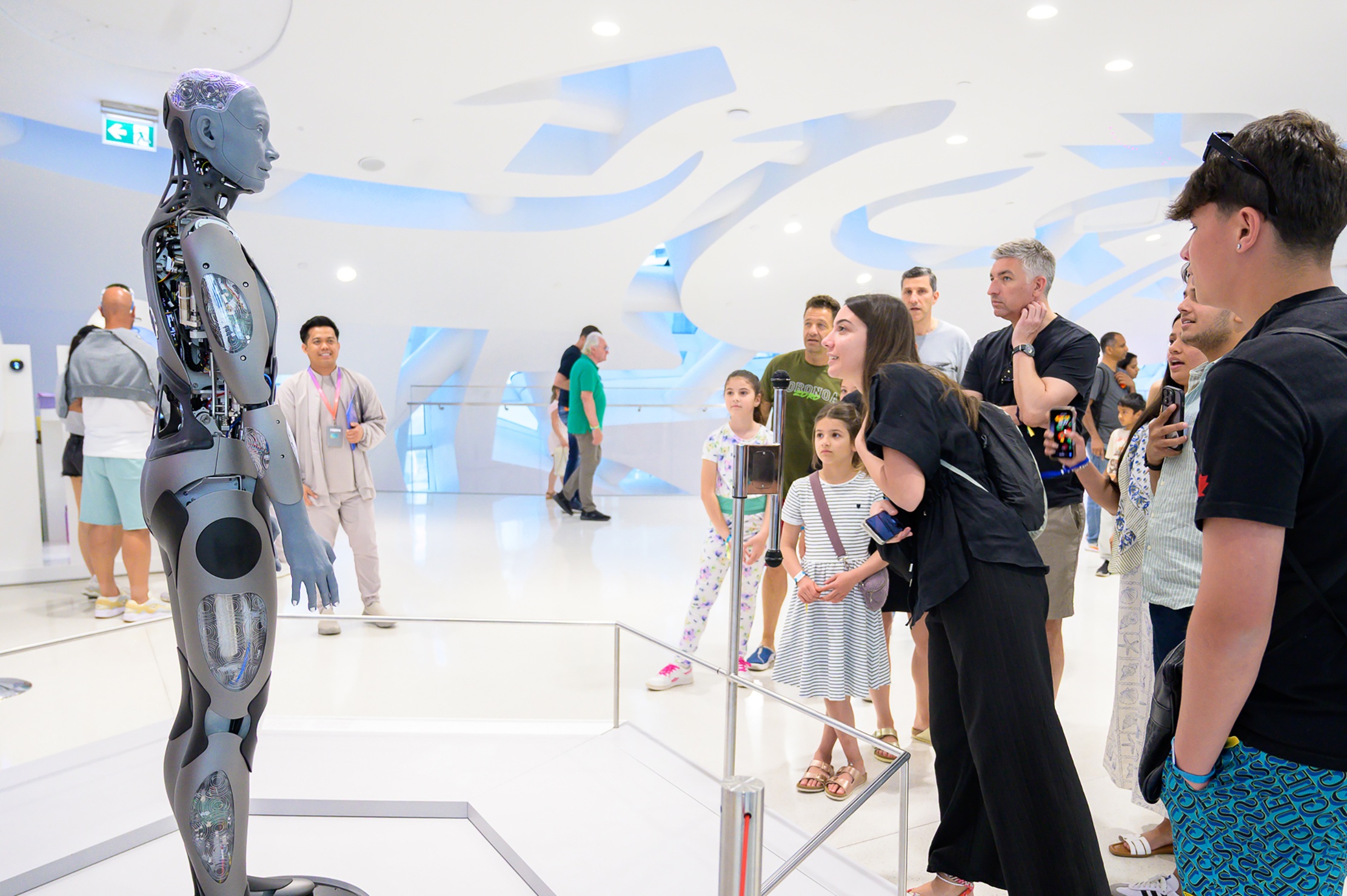

Movie I-robot and Terminator nope don't trust it